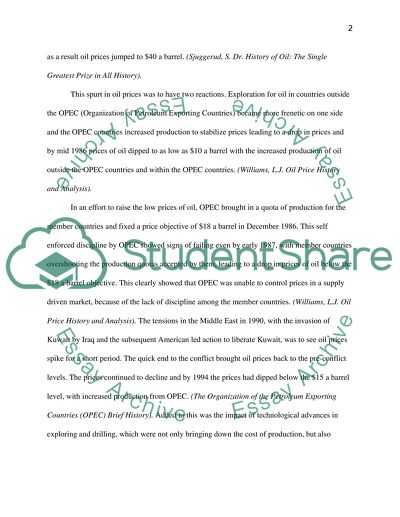Cite this document
(The Main Forces Driving the Market for Oil Case Study, n.d.)
The Main Forces Driving the Market for Oil Case Study. Retrieved from https://studentshare.org/macro-microeconomics/1535317-analysis-of-the-main-forces-driving-the-market-for
The Main Forces Driving the Market for Oil Case Study. Retrieved from https://studentshare.org/macro-microeconomics/1535317-analysis-of-the-main-forces-driving-the-market-for
(The Main Forces Driving the Market for Oil Case Study)
The Main Forces Driving the Market for Oil Case Study. https://studentshare.org/macro-microeconomics/1535317-analysis-of-the-main-forces-driving-the-market-for.
The Main Forces Driving the Market for Oil Case Study. https://studentshare.org/macro-microeconomics/1535317-analysis-of-the-main-forces-driving-the-market-for.
“The Main Forces Driving the Market for Oil Case Study”, n.d. https://studentshare.org/macro-microeconomics/1535317-analysis-of-the-main-forces-driving-the-market-for.


